A Hellenistic Eden: One Ancient King’s Attempt to Create the Perfect City on Earth
Sixteen hundred years before Sir Thomas More wrote Utopia, describing a near-ideal society, a Hellenistic king attempted to create his own real-life paradise. The monarch? Aristonicus, also known as Eumenes III, Roman-supported ruler of the city of Pergamum/Pergamon in Asia Minor. The utopia he wanted to build? Heliopolis (meaning “Sun City” in Greek).
The Romans started meddling in political affairs in Asia Minor in the third century BC, but it wasn’t until the second century that the reigning dynasty, the Attalids, kicked that up a notch. That came when King Attalus III of Pergamum died in 133 B.C.E. and decided to bequeath his realm to the Romans in his will. Why would he do such a thing? Perhaps he noticed Rome’s pattern of conquering former allies and enemies alike, so he realized the inevitable and tried to make the transfer of power as peaceful as possible. Or maybe he hated his rival and successor, a guy named Aristonicus, whom he wanted to deny control.
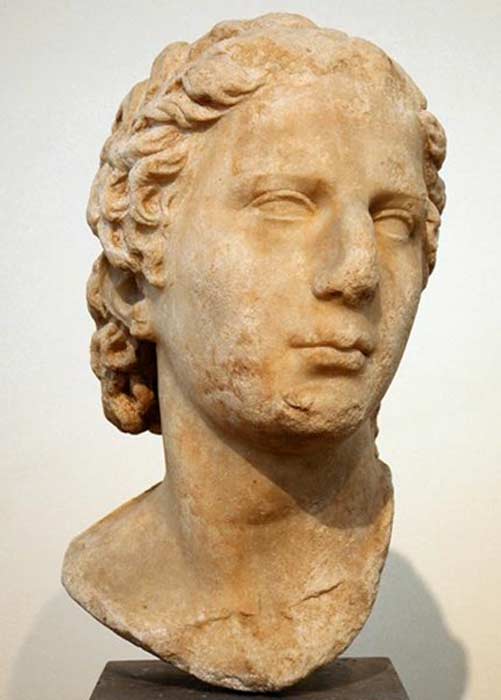
A bust of Aristonicus (Eumenes III). Credit:Livius.org
Either way, the Romans didn’t move right away to take power in Pergamum, since they were having some domestic troubles (yet again). But Aristonicus, who took the regnal name of Eumenes III, wasn’t going to wait for them. In 132 BC, he organized a rebellion against the Italian invaders and allied himself with numerous other cities in Asia Minor. The Romans tried to bribe the people of Pergamum by promising everyone Roman citizenship, a heady gift, but Aristonicus went one better.
After the city of Ephesus dealt Aristonicus a heady blow, he fled and established a capital in exile, where he plotted to create a utopia that offered his people more than just citizenship. In his “City of the Sun,” he wanted to build an egalitarian state. According to Strabo, “he went up into the interior [of Anatolia] and quickly assembled a large number of resource-less people, and also of slaves, invited with a promise of freedom, whom he called Heliopolitae [“People of the City of the Sun”].” It’s worth noting that Aristonicus called all of his followers, slave or free, by this name, a one-size-fits-all city for new beginnings.
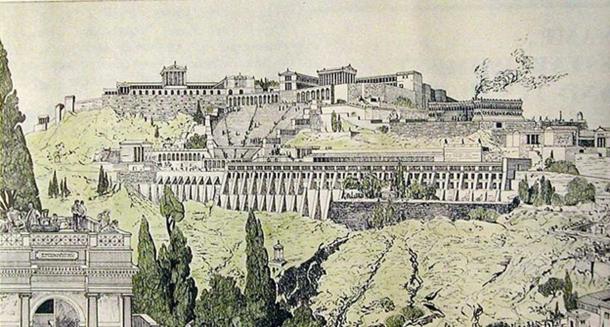
Drawing of ancient Pergamon. Scanned from the booklet of Pergamon Museum, Berlin. Image drawn by 19th century German archaeologist (public domain)
Influenced by his Roman pal Gaius Blossius, a Stoic philosopher and reformer, Aristonicus one-upped the Romans by offering not citizenship, but complete freedom. But how much of this idealistic dream did he really support and how much of it was just a desperate appeal to supporters? Aristonicus himself needed all the help he could get when it came to holding his throne, especially since he probably wasn’t a legitimate heir to the throne of Pergamum. Strabo describes him as someone with the “pretense of being descended from the royal family, but with the intention of usurping the kingdom.” Therefore, he reached out to not the aristocracy who might support a rightful king, but to the lower and enslaved classes for sheer manpower in numbers.
Classicist Adrienne Mayor suggests that Aristonicus wasn’t just pandering, but tapping into an Anatolian ideal of “democratic monarchy” and the Greek ideal of the polis. Interestingly, at an oracle in Asia Minor, archaeologists discovered a mention of a heretofore-unknown site called the doulon polis, or “City of Slaves,” indicating that Heliopolis may have been more of a reality than previously thought. At least, as some scholars have suggested, there is evidence of a lot of slave activity in Asia Minor. But Page DuBois opines that such a society could only exist in a fantasy, such as those suggested in ancient fairy tales.
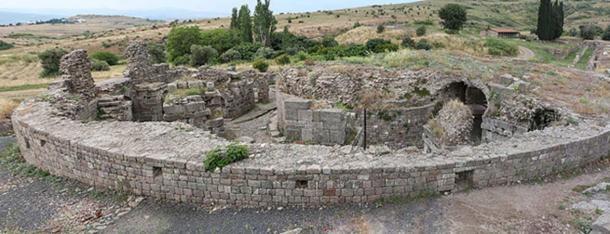
Temple of Telesphorus in the Sanctuary of Asclepius, Pergamum, Turkey (public domain)
Aristonicus may have drawn inspiration for Heliopolis from a legendary traveler named Iambulus, who visited a utopian society during his journeys. That utopia, according to Diodorus, was located on the “islands of the sun,” and everyone lived in complete equality with one another. The name and policies of Aristonicus’s Heliopolis—whether or not it was ever an actual place on a map—seem quite similar to Iambulus’s paradise. Ultimately, these utopian dreams didn’t work, as Pergamum’s Anatolian and Romans rivals defeated Aristonicus in battle in 130 BC. They sent Aristonicus to Rome, where he languished in prison, then was strangled.
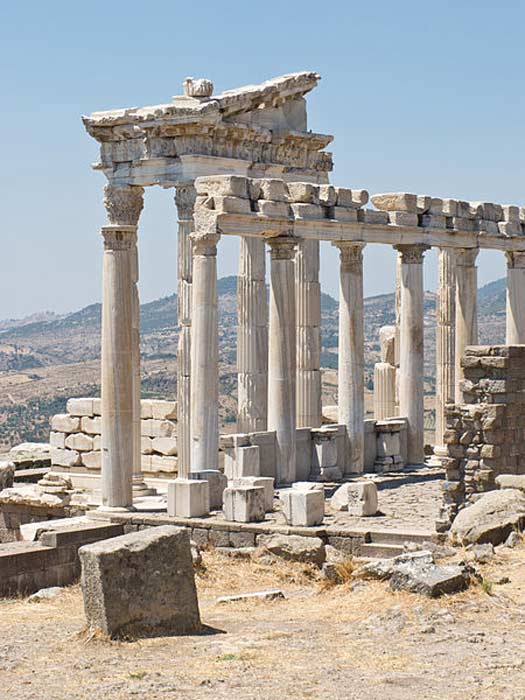
The Temple of Trajan at Pergamum, in modern-day Turkey (public domain)
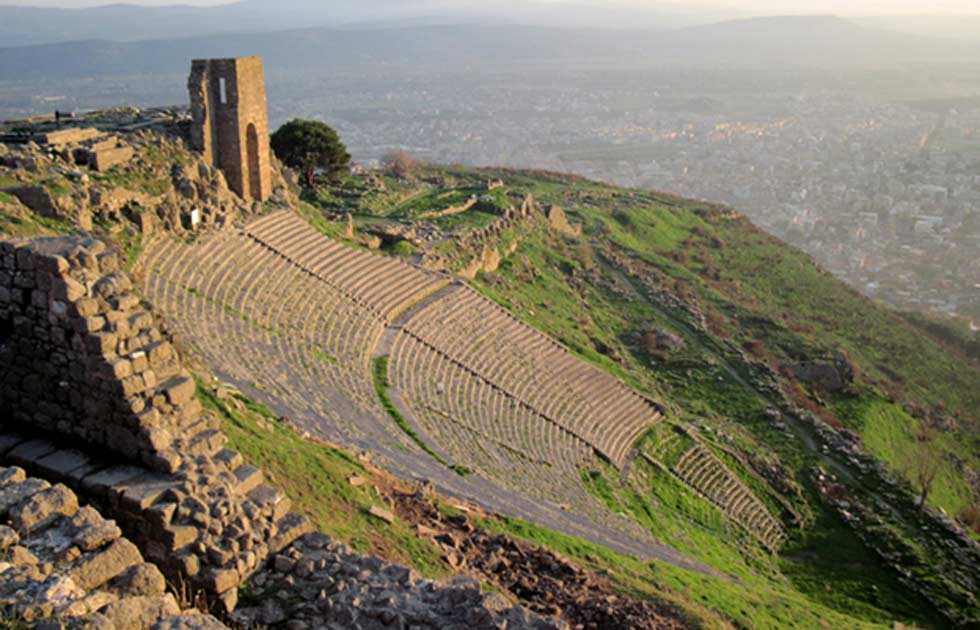
No comments:
Post a Comment